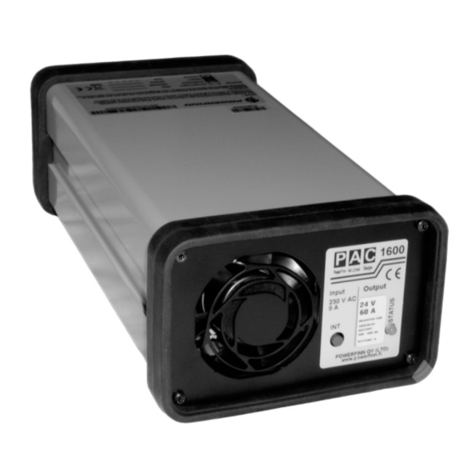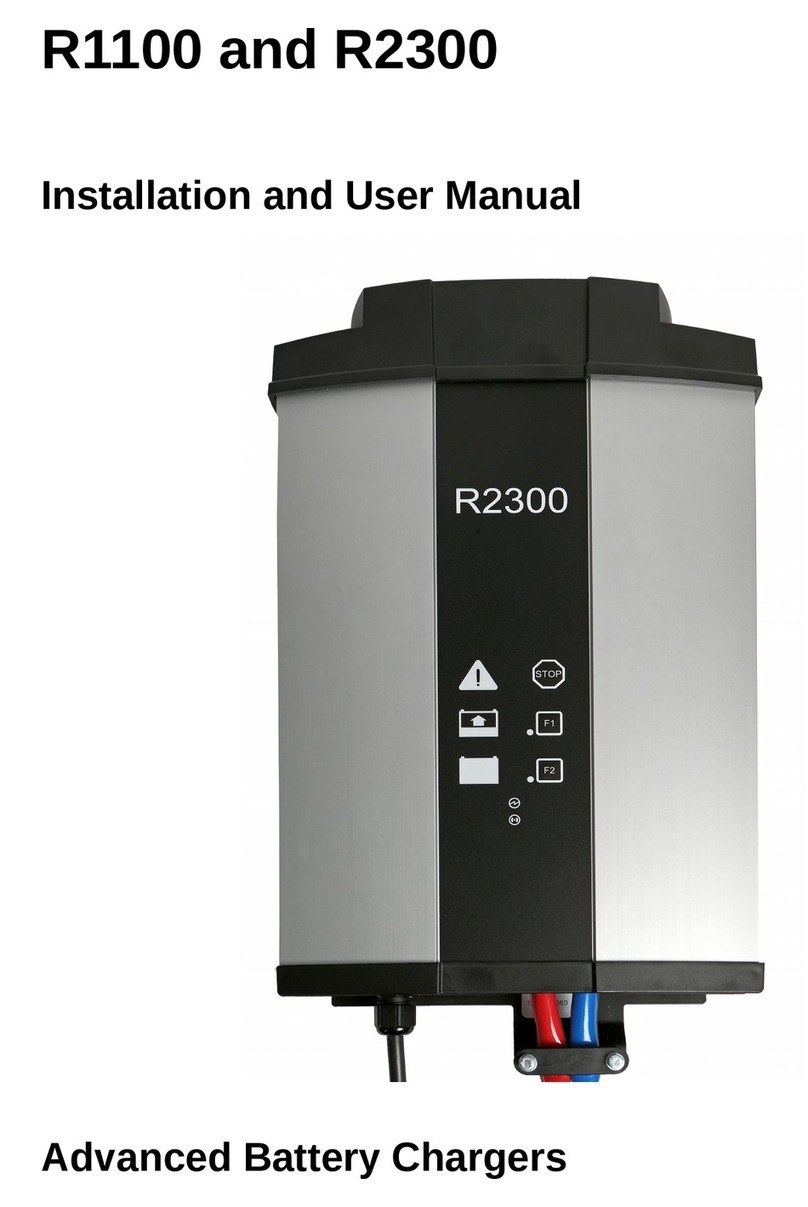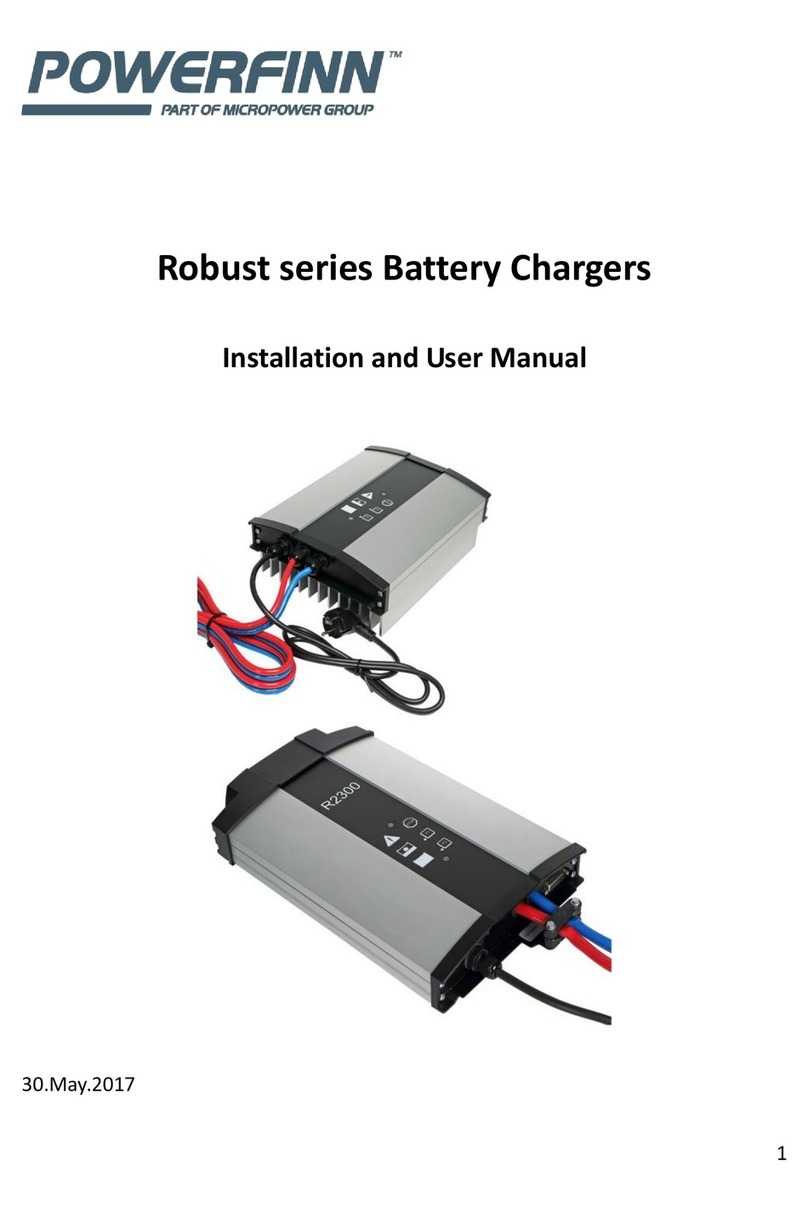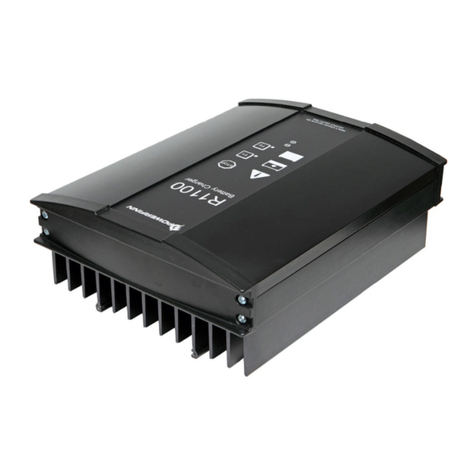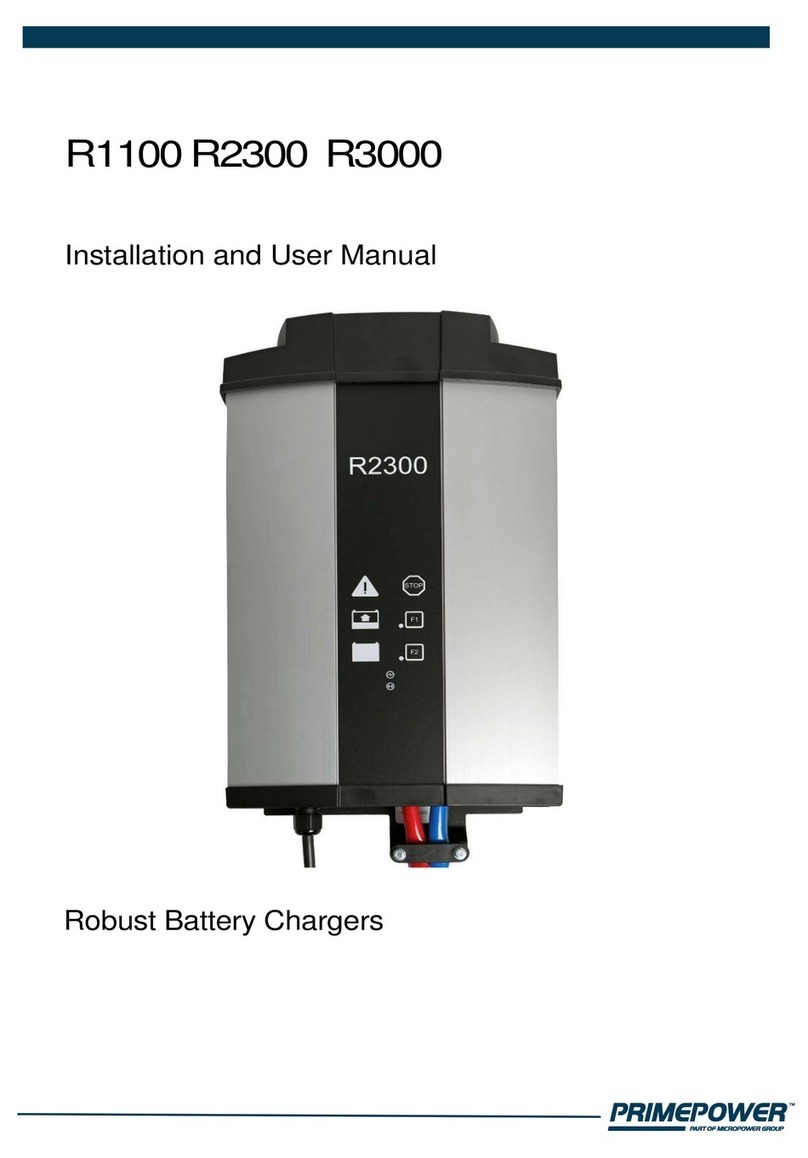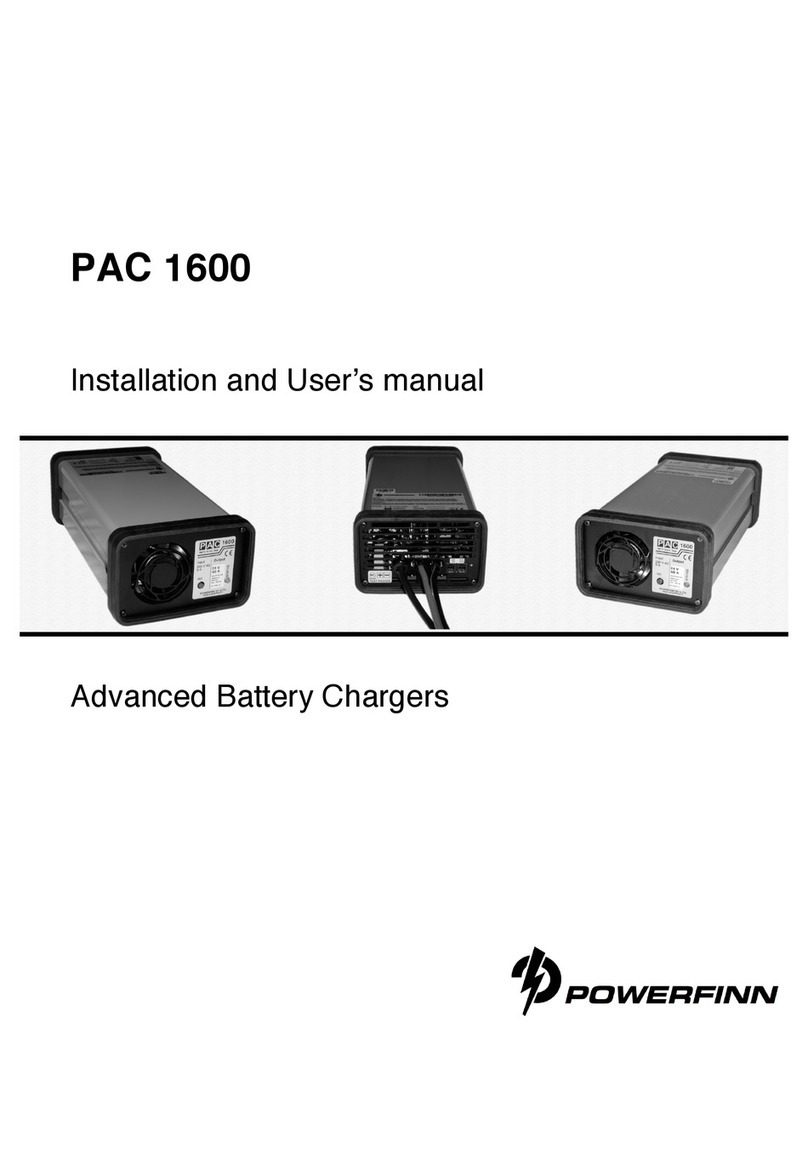2
Table of Contents
1Modes ........................................................................................................................................... 3
1.1 Common features for all modes ............................................................................................4
2Configurable items........................................................................................................................ 5
2.1 Charging parameters .............................................................................................................5
2.2 Parallel control.......................................................................................................................6
2.3 Series operation.....................................................................................................................6
2.4 IdcLimit ..................................................................................................................................6
2.5 UdcLimit.................................................................................................................................7
2.6 Remote input.........................................................................................................................7
2.7 Remote output ......................................................................................................................7
2.8 Buttons F1 and F2..................................................................................................................7
2.9 CAN node-ID ..........................................................................................................................7
3Editing charging configuration...................................................................................................... 8
4Algorithms................................................................................................................................... 11
4.1 LK10-06 freely ventilated lead-acid.....................................................................................11
4.2 LK10-04 freely ventilated lead-acid, using ionic mixing ......................................................12
4.3 LK20-09 sealed gel lead-acid..............................................................................................13
4.4 LK10-05 freely ventilated lead-acid, with constant voltage maintenance charging ...........14
4.5 PP100 freely ventilated lead-acid, with constant voltage maintenance charging .............15
4.6 PP101 sealed gel lead-acid, with constant voltage maintenance charging.........................16
4.7 PP102 sealed gel lead-acid "Sonnenschein" .......................................................................17
5CAN remote control .................................................................................................................... 18
5.1 Node-ID ...............................................................................................................................18
5.2 Bit rate .................................................................................................................................19
5.3 Setting mode via CAN..........................................................................................................19
5.4 SW version...........................................................................................................................20
5.5 Charger mode......................................................................................................................21
5.6 PDO power supply mode.....................................................................................................22
5.7 SDO power supply mode.....................................................................................................24
5.8 Powerfinn power supply mode ...........................................................................................25
5.9 Unidirectional power supply mode .....................................................................................28
6Connections ................................................................................................................................ 29
7Options and accessories ............................................................................................................. 31
7.1 Radio module ......................................................................................................................31
7.2 Option cable with all wires connected ................................................................................31
7.3 Battery temperature sensor and voltage sense ..................................................................32
7.4 CAN cable ............................................................................................................................32
8Dimensions ................................................................................................................................. 33
